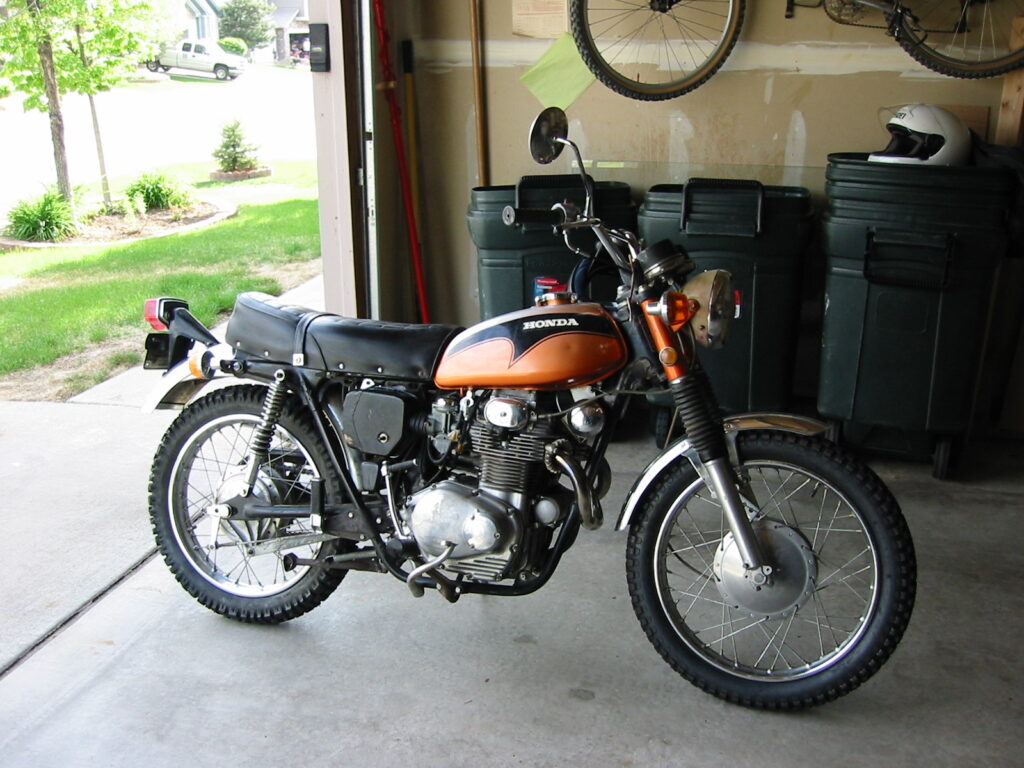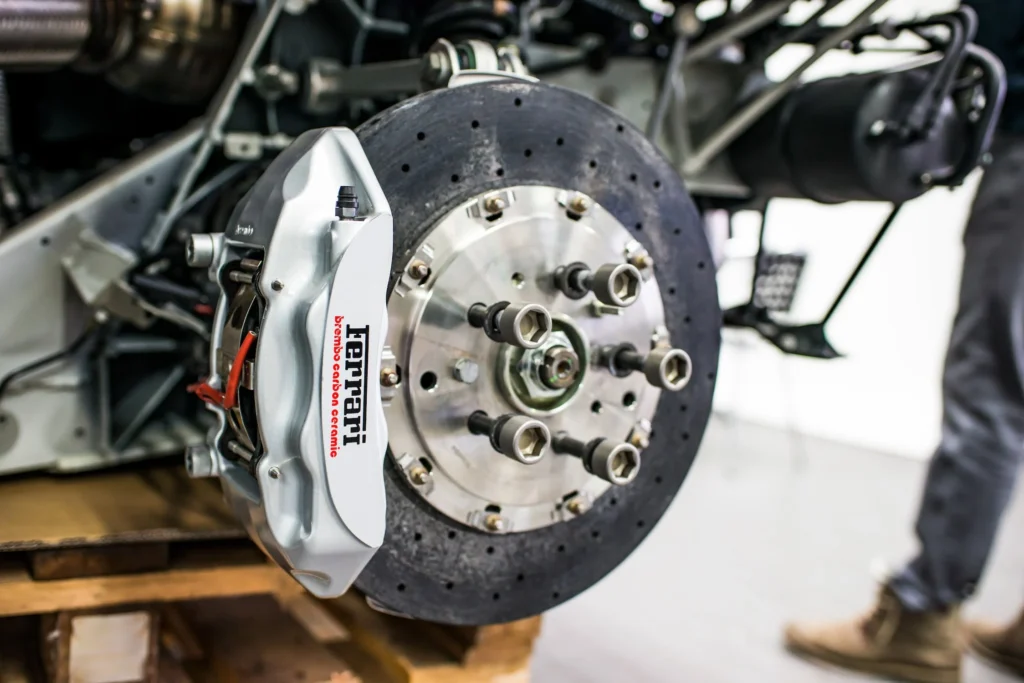Have you ever been driving down the highway and noticed a large truck or other vehicle accelerating and then suddenly slowing down with a loud, distinctive sound? That noise is caused by what’s called a jake brake, an invaluable device that helps reduce wear on engine brakes by using compression to slow the vehicle. But how does a jake brake work? In this blog post, we’ll discuss the science behind it to gain insights into why drivers use them and their benefits for vehicles on long trips. Read on to discover more about jake brakes.
Contents
What is jake brake?
A jake brake is an engine retarder that uses compression to slow and stop a vehicle. The device, also known as a Jacobs brake, works by allowing the exhaust valves to remain open while the piston is on its way up in the combustion chamber. This creates resistance and decreases pressure against the crankshaft, slowing down or stopping the vehicle.
Who invented the jake brake?
The jake brake was invented by Clessie Cummins, an American inventor who founded the Cummins Engine Company in 1919. The device was originally known as the “Cummins Retarder” and later renamed to honor its inventor, becoming the “Jake Brake” in 1958.
The benefits of using a jake brake
Jake brakes are most commonly used to slow large vehicles such as semis, buses, and emergency vehicles. By releasing energy stored in the cylinders of an engine prior to the exhaust stroke, a jake brake can help reduce wear on the engine’s brakes. This is especially beneficial for long trips or downhill braking where traditional friction brakes may become worn out prematurely. Additionally, jake brakes can help reduce fuel consumption and engine noise.

How does a jake brake work?
So, how does a jake brake work? A jake brake works by activating the valves of an engine in order to release energy stored in the cylinders prior to the exhaust stroke. This compression release causes a slowing or stopping force that reduces wear on the vehicle’s brakes and can be used for downhill braking while keeping the vehicle’s speed under control. The jake brake is activated by depressing a lever or pressing a button, which in turn activates the engine’s valves to open and release energy stored in the cylinders. The released energy is then routed through an exhaust pipe, causing the loud sound associated with jake brakes.
How do I add a jake brake to my vehicle?
Jake brakes can be added to most vehicles with the help of a professional technician. The installation process involves connecting the jake brake to the vehicle’s engine and exhaust system, as well as adding a lever or button in order to activate it. It is important to note that there may be additional costs associated with installing a jake brake such as wiring or other modifications. Additionally, some vehicles may require special parts to be able to use a jake brake, so it is important to consult with an experienced technician before making any modifications.
How do I use a jake brake?
Using a jake brake is relatively simple. First, make sure the engine and transmission are in neutral and that the parking brake is disengaged. Then, press the lever or button to activate the jake brake. This will cause the engine’s valves to open and release energy stored in its cylinders prior to exhaust stroke. Additionally, it’s important to remember to shift back into the appropriate gear before releasing the jake brake.
How often should I maintain my jake brake?
It is recommended that a jake brake be serviced every 25,000 miles or annually depending on the specific model. During these maintenance sessions, technicians will check for worn out parts such as springs, seals, and gaskets. Additionally, they may inspect the exhaust system for any clogs or leaks.

Potential issues that can arise when operating a jake brake
One of the most common issues associated with jake brakes is an increase in engine noise. This is due to the valves opening and releasing energy stored in the cylinders prior to the exhaust stroke. Additionally, improper use or maintenance can cause excessive wear on the vehicle’s brakes or other parts of its engine.
How can I prevent jake brake problems?
The best way to prevent potential problems with your jake brake is to practice proper maintenance and use. Make sure to keep up with regular maintenance checks and inspect the system for any worn out parts. Additionally, follow all safety instructions when using a jake brake and be aware of any potential issues that may arise.

Conclusion: How does a jake brake work?
A jake brake is an engine retarder that uses compression to slow and stop a vehicle. The device works by allowing the exhaust valves to remain open while the piston is on its way up in the combustion chamber, creating resistance and reducing pressure against the crankshaft. Jake brakes are most commonly used to slow large vehicles such as semis, buses, and emergency vehicles. With the help of a professional technician, jake brakes can be added to most vehicles and maintained regularly in order to prevent any potential issues.
FAQ: Jake brake
Is a jake brake bad for the engine?
When utilized properly, jake brakes will not inflict any damage on your engine. However, before embarking on your journey, it is essential that drivers ensure their oil levels are at the recommended level. If the engine brake is used when oil is low, it can wreak havoc on your engine. Furthermore, truck drivers should allow the engine sufficient time to warm up before engaging the brake.
Why is a jake brake so loud?
Understanding the volume of jake brakes: When a semi-truck engages its engine brake, a distinct and loud noise is often emitted, commonly referred to as a “jake brake”. This sound is produced by compressed air being forced through the exhaust valve of the engine cylinder.
Does jake brake use more fuel?
Jake brakes can actually reduce fuel consumption as they allow drivers to slow down or stop without relying solely on traditional friction brakes. However, improper use of these brakes can lead to increased fuel consumption and brake wear. To conserve fuel, drivers should avoid making unnecessary stops with their Jake Brake or service brakes. Coasting into stop signs and red lights is a simple and effective way to save fuel by maintaining the forward momentum of the vehicle.
Can you shift with jake brakes on?
Is it safe to use jake brakes while shifting gears? It is not recommended as the engine may stall out. Avoid using jake brakes during gear shifts for a smoother and safer driving experience.
Do all diesels have jake brakes?
Diesel vehicles don’t always come with jake brakes. Whether a diesel vehicle has a jake brake or not depends on the specific model. Furthermore, some manufacturers offer engine braking systems as an option for select models. Before making any modifications, it’s important to seek guidance from your owner’s manual or a qualified technician.
Do European trucks use jake brakes?
European trucks lack the use of Jake brakes. Instead, their Engine/Exhaust brakes offer comparable functionality. Still, it is important to note that these are not the Jacobs brand proprietary to the United States.
Can you jake brake a gas engine?
Generally, no. Here’s why – when the throttle is closed, air flow to the engine is limited, which means insufficient air enters the exhaust system, resulting in low back pressure generated by the exhaust brake butterfly valve. Therefore, it’s not advisable to use a Jake brake on a gas engine.
Can you use jake brakes in the rain?
Be cautious: avoid using your truck’s Jake Brake on slippery roads. The Jake Brake can be hazardous when roads are wet due to rain, ice, or snow. If you must use the Jake Brake on an icy or snowy road, ensure the truck is fully straightened before engaging it.
Can you leave the jake brake on all the time?
“Yes” is the answer to the question of whether Jacob’s Brake can be left on at all times. This old-fashioned brake can be switched on intermittently or left on continuously without affecting its performance.
Do electric trucks have jake brakes?
Unlike traditional trucks that rely on Jake brakes when descending hills, electric trucks use regenerative braking to capture and store energy generated during the descent. This technology allows for a sustainable and eco-friendly approach to braking while ensuring the safety of the vehicle.

Trayce served as a grassroots leader and activist in Texas as President of Dallas and Texas Eagle Forum.
Trayce is Mom Caucus Member, Texas Conservative Mamas, Texas Conservative Grassroots Coalition Leader, and Grassroots America Champion of Freedom Honoree.
She currently serves as the Eagle Forum National Issues Chair on Human Trafficking.
Trayce received a Bachelor’s Degree in Marketing from Texas A&M
Currently, she homeschools her youngest child age 13 and graduated her six oldest children, ages 31 to 19.







